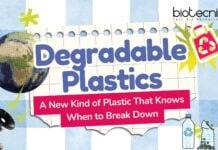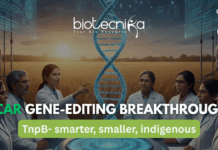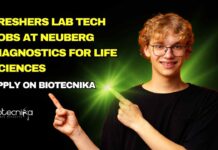Scientists Develop Bio-Sunblock Using Engineered Bacteria
The science on sun exposure is clear: too much of the sun’s ultraviolet radiation leads to sunburns, rapidly aging skin, and potentially, skin cancer. And that risk? It isn’t minimal. An estimated 20 percent of Americans will develop skin cancer during their lifetimes, making it the most common form of cancer in the country.
To lower their risk, many turn to sunscreens—sprays, lotions, and even powders—to protect their skin from the worst of the sun’s effects. But are sunscreens really as safe and protecting as we perceive them to be? Reports in recent years have raised concern that the thing we turn to for protection might actually be causing us harm.
At the center of the controversy rests the use of ingredients such as avobenzone, retinyl palmitate, and oxybenzone—in chemical sunscreens. These chemicals pose a threat to coral reefs and are believed to cause serious skin allergies in sensitive subjects.
But now, researchers at the University of Florida have developed “green” sunscreens, by reducing dependence on oxybenzone- and octinoxate-based sunscreens.
The researchers found a more efficient way to harvest the UV-absorbing amino acid known as shinorine, which marine organisms like cyanobacteria and macroalgae produce.
Yousong Ding and his colleagues at the University
of Florida chose a strain of cyanobacteria called Synechocystis that has already been used to produce biofuels. The bacteria grows quickly and its genes can be easily modified. The researchers isolated the gene clusters responsible for shinorine production from another cyanobacteria which naturally produces shinorine. They inserted those genes into the Synechocystis cells.Initially, production of shinorine by the genetically modified bacteria was three times lower than seen in wild algae, but when the researchers added DNA sequences called “promoters” to the gene they were able to increase production tenfold.
Researchers secondarily confirmed that the shinorine they harvested through the new method protects cells from UV rays. To test this, they exposed shinorine-making cells to UV radiation. Control cells that do not produce shinorine experienced an obvious decline in population from UV-B exposure. In the other cells, shinorine acted as sunscreen against UV-B light, which helped the cells live and grow better.























